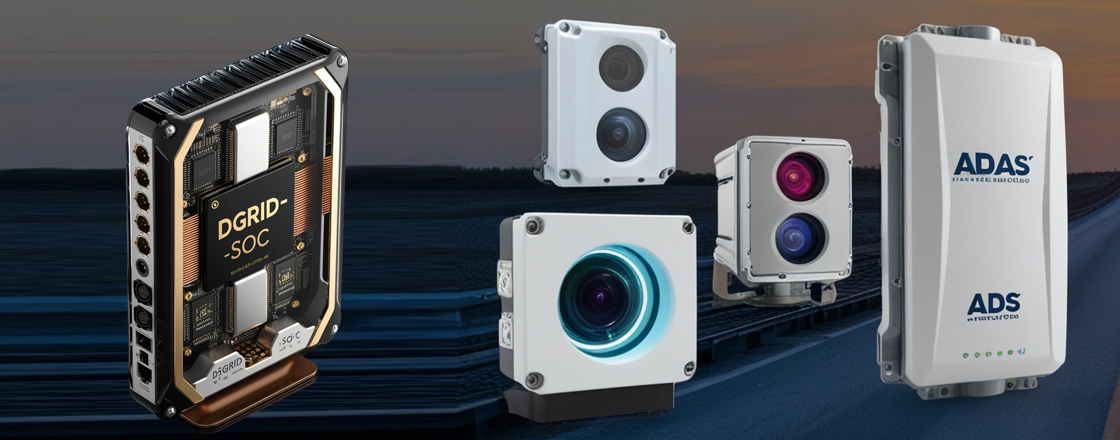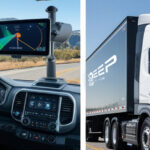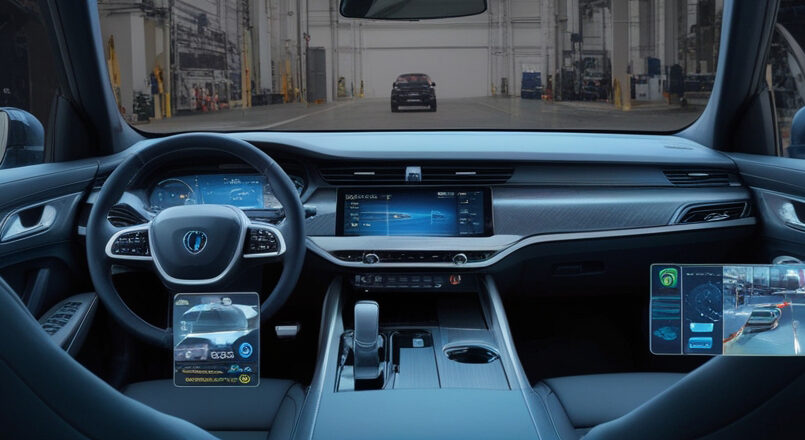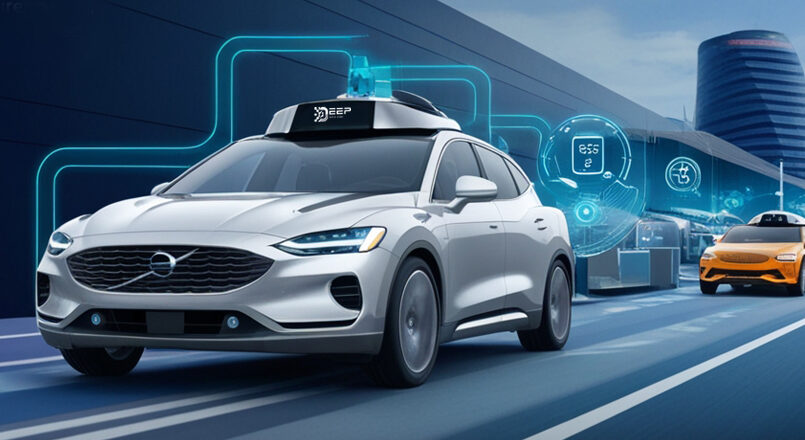The Future of Autonomous Driving: How DeepGrid’s DGrid-SoC is Revolutionizing the Industry
The promise of autonomous driving is reshaping the future of mobility. With the potential to make roads safer, reduce traffic congestion, and redefine efficiency, the automotive industry is on the brink of a technological revolution. At DeepGrid Semi, we are proud to lead this transformation with our groundbreaking DGrid-SoC chipset, designed specifically for Advanced Driver Assistance Systems (ADAS) and autonomous driving applications.
Our DGrid-SoC stands out as a trailblazer in the field, combining exceptional performance with energy efficiency. Whether it’s enabling Level 2 (L2) or Level 3 (L3) autonomous driving capabilities, our chip’s innovative architecture ensures reliability and precision, all while optimizing resources.
In this blog, we delve into the features that make the DGrid-SoC a game-changer, the technology powering its design, and the specific scenarios where it excels.
Key Features of the DGrid-SoC
The DGrid-SoC is built with cutting-edge technology that addresses the unique demands of autonomous driving.
1. Domain-Specific Architectures (DSA)
The DGrid-SoC incorporates Domain-Specific Architectures (DSA) tailored to handle the heavy computational loads required for autonomous systems. This ensures efficient processing of data streams from multiple sensors, all while maintaining low latency.
2. Customized Domain-Specific Languages (DSL)
To optimize system performance, our chip supports customized Domain-Specific Languages (DSL) that simplify programming for AI workloads. This makes it easier to implement perception, prediction, and planning algorithms with unparalleled efficiency.
3. Real-Time Data Processing
Real-time data processing is at the heart of autonomous driving. The DGrid-SoC excels in managing data from a variety of sensors, ensuring quick decision-making and smooth operation.
A Camera-First Approach: Minimizing Dependence on LIDAR
While LIDAR sensors have their place in specific scenarios like mining trucks and other heavy-duty industrial applications, DeepGrid focuses on a camera-first approach for L2 and L3 autonomous driving systems.
Why Cameras and Radar Are Sufficient for L2 and L3
- Cost-Effectiveness: Cameras and radar offer high precision without the high costs associated with LIDAR systems.
- Versatility: Cameras provide rich visual data, and radar is excellent for detecting objects and measuring distances in various weather and lighting conditions.
- Efficiency: Modern AI algorithms, paired with the processing power of the DGrid-SoC, enable cameras and radar to meet the performance requirements of L2 and L3 systems.
Where LIDAR Comes Into Play
While LIDAR isn’t a necessity for most L2 and L3 scenarios, it is invaluable in specific use cases like:
- Mining Trucks: Where rugged terrains and harsh environments demand the additional 3D mapping capabilities of LIDAR.
- High-Precision Industrial Applications: Requiring detailed depth perception in low-visibility scenarios.
Designed for L2 and L3 Autonomous Driving
The DGrid-SoC is specifically optimized to support L2 and L3 driving scenarios, balancing advanced features with energy efficiency.
Level 2 (L2)
L2 systems handle partial automation, where the vehicle can assist with steering, acceleration, and braking but requires the driver to remain attentive. The DGrid-SoC processes:
- Camera Feeds: For lane-keeping and object detection.
- Radar Signals: For adaptive cruise control and collision avoidance.
Level 3 (L3)
L3 systems enable conditional automation, allowing drivers to delegate full control to the vehicle in specific scenarios. The DGrid-SoC ensures:
- Seamless Transition: Between autonomous and manual modes.
- Real-Time Decision Making: For tasks like navigating traffic jams and overtaking slower vehicles.
Energy Efficiency for Long-Lasting Performance
Autonomous systems demand not just raw power but also energy efficiency to ensure long-lasting performance. The DGrid-SoC’s architecture is designed to minimize energy consumption without compromising on processing speed, making it ideal for electric and hybrid vehicles.
Driving the Future with the DGrid-SoC
As autonomous driving continues to evolve, the DGrid-SoC is ready to meet the demands of tomorrow. Its adaptable design, camera-first approach, and optimized processing power make it a perfect fit for a wide range of vehicles—from passenger cars to industrial fleets.
By focusing on cost-effective and scalable solutions, DeepGrid Semi is making advanced autonomous technology accessible to more manufacturers, paving the way for safer and smarter mobility.
Conclusion
The DGrid-SoC is more than just a chip—it’s a platform for innovation in autonomous driving. By prioritizing cameras and radar for most applications and reserving LIDAR for specialized use cases, we strike the perfect balance between cost, performance, and efficiency.
As the industry moves toward full autonomy, DeepGrid remains at the forefront, delivering technology that’s not only revolutionary but also practical. Stay tuned as we continue to push the boundaries of what’s possible in autonomous driving!




